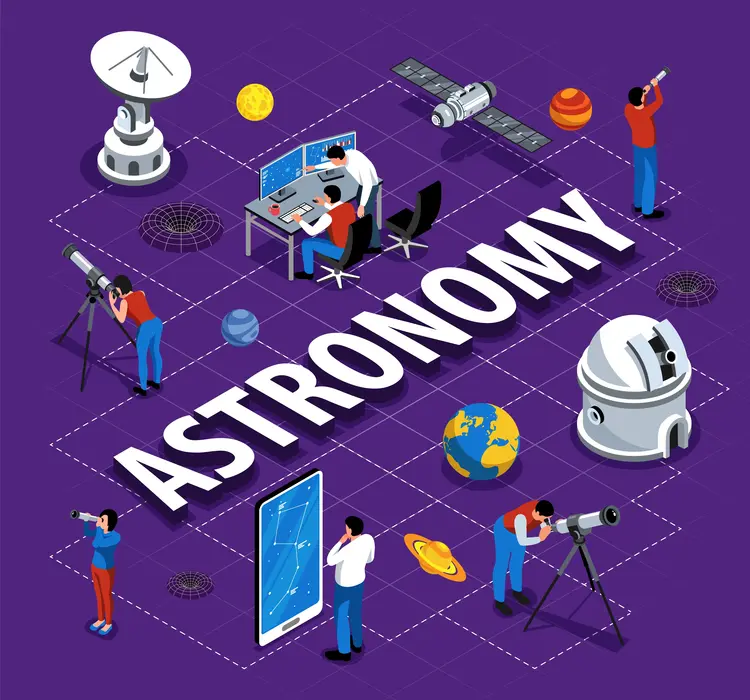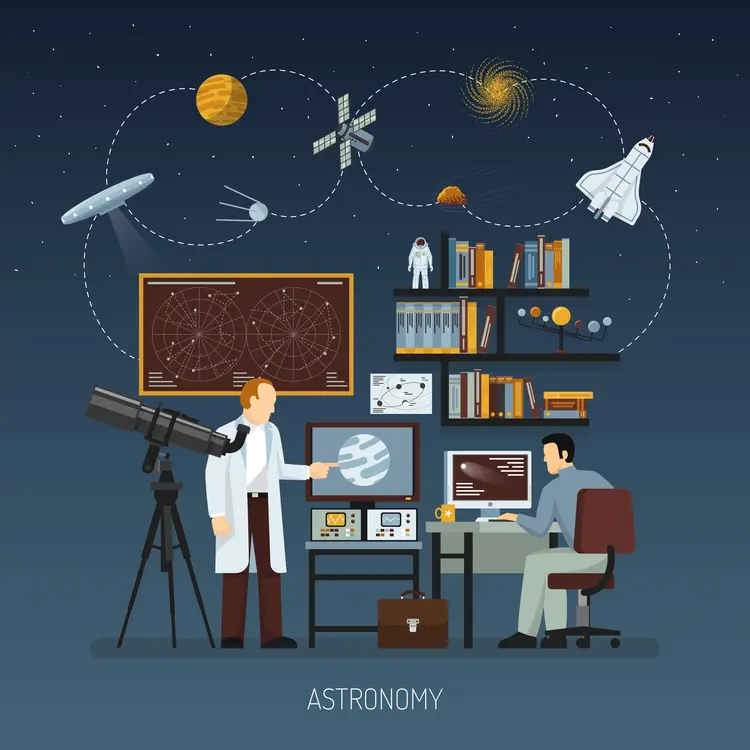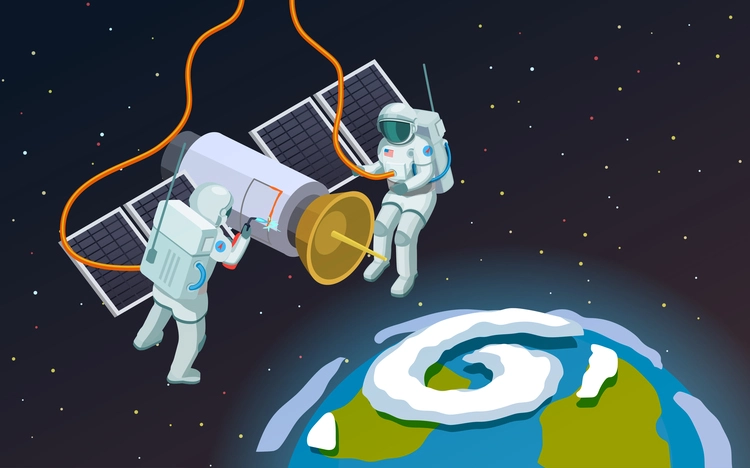Computer Imaging in Astronomy: Advancements and Discoveries
This text is about the use of computer imaging in astronomy, including recent advancements and discoveries made possible by this technology.

The study of astronomy has always been fascinating. However, the advancement of computer imaging tools has altered how we investigate the cosmos. Astronomers have unlocked the mysteries of the cosmos and achieved ground-breaking discoveries as a result of their capacity to collect, process, and analyse enormous volumes of data.
In this article, we’ll explore the advancements and discoveries made possible by computer imaging in astronomy.
Introduction
The subject of astronomy has undergone a revolution because to computer imaging technology, which has made it feasible for researchers to explore and comprehend the cosmos in ways that were previously impossible.
We are now able to collect, process, and analyse enormous volumes of data from telescopes and other astronomical instruments thanks to powerful computers and clever algorithms. This has sparked fresh research and advancements in our comprehension of the universe.
History of Computer Imaging in Astronomy
The first digital photos of the moon were created in the 1960s, which marks the beginning of computer imaging in astronomy. The technology did not, however, start to be utilized extensively in astronomy until the 1980s.
The introduction of charge-coupled devices (CCDs) in the 1990s completely altered astronomical imaging. Digital images can be produced using CCDs, which are electronic components that transform light into electrical impulses.
Types of Computer Imaging Techniques
There are several types of computer imaging techniques used in astronomy. Image stacking, which combines multiple pictures of the same object into a single high-resolution image, is one of the most used approaches.
Other methods include image enhancement, which is used to draw attention to features in low-contrast photos, and deconvolution, which is used to minimise distortion caused by atmospheric turbulence.

Applications of Computer Imaging in Astronomy
Computer imaging has a wide range of applications in Astronomy. Galaxies, stars, planets, and other celestial objects are studied with it. The characteristics of light and the effects of gravity are also studied using it. For the purpose of mapping the cosmos and comprehending its structure and evolution, computer imaging is a must.
Discoveries Enabled by Computer Imaging
Computer imaging has enabled astronomers to make many groundbreaking discoveries. For instance, the Hubble Space Telescope has taken stunning pictures of galaxies, nebulae, and other celestial objects, revealing their makeup and characteristics in exquisite detail.
In addition, computer imaging has been used to investigate the early cosmos, analyse the characteristics of dark matter, and find new planets.
Future of Computer Imaging in Astronomy
The future of computer imaging in astronomy looks bright. Astronomers will be able to take increasingly more precise photographs and analyze them more skillfully as technology develops.
Astronomers will have access to much more data to examine thanks to new telescopes and equipment like the James Webb Space Telescope. Machine learning algorithms are also being developed to analyze astronomical data more effectively.

Challenges of Computer Imaging in Astronomy
Computer imaging has many benefits, but there are still some issues that need to be resolved. Managing the enormous volumes of data that are produced by telescopes and other sensors is one of the main problems.
This requires powerful computers and sophisticated algorithms to process and analyze the data. Another challenge is dealing with the effects of atmospheric turbulence, which can distort astronomical images.
Conclusion
Astronomers are now able to examine the universe in ways that were previously not possible thanks to the revolution that computer imaging has brought to the discipline. We are able to gather, process, and analyse enormous volumes of data from telescopes and other astronomical instruments because of advanced computers and clever algorithms.
This has made it possible for astronomers to unravel cosmic mysteries and create ground-breaking discoveries. We can anticipate many more discoveries and scientific advances in the area of astronomy as technology develops.
FAQs
What is computer imaging in astronomy?
Computer imaging is the process of employing complex algorithms and computers to collect, process, and analyse enormous amounts of data from telescopes and other astronomical instruments. It has changed the field of astronomy and made it possible for researchers to study the universe in great detail.
What are some applications of computer imaging in astronomy?
Computer imaging has a wide range of applications in astronomy. Galaxies, stars, planets, and other celestial objects are studied with it. The characteristics of light and the effects of gravity are also studied using it. For the purpose of mapping the cosmos and comprehending its structure and evolution, computer imaging is a must.
What are some discoveries enabled by computer imaging in astronomy?
Computer imaging has enabled astronomers to make many groundbreaking discoveries. The Hubble Space Telescope, for example, has taken insightful pictures of galaxies, nebulae, and other celestial objects, showing their structure and properties in unmatched detail. In addition, computer imaging has been used to investigate the early cosmos, analyse the characteristics of dark matter, and find new planets.
What are some challenges of computer imaging in astronomy?
Dealing with the enormous volumes of data produced by telescopes and other sensors is one of the most difficult computer imaging problems in astronomy. This requires powerful computers and sophisticated algorithms to process and analyze the data. Another challenge is dealing with the effects of atmospheric turbulence, which can distort astronomical images.
What is the future of computer imaging in astronomy?
The future of computer imaging in astronomy looks bright. Astronomers will be able to take increasingly more precise photographs and analyze them more skillfully as technology develops. Thanks to new telescopes and tools like the James Webb Space Telescope, astronomers will have access to even more data to study. Machine learning algorithms are also being developed to analyze astronomical data more effectively.







